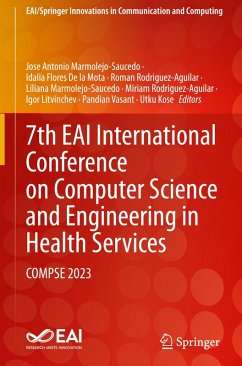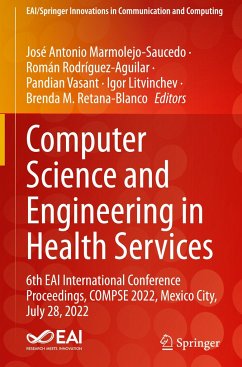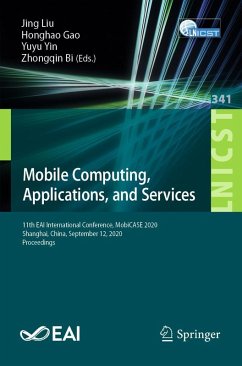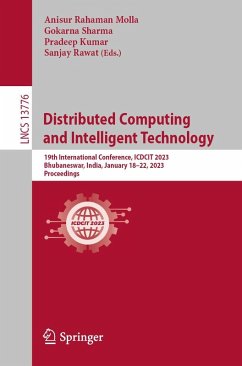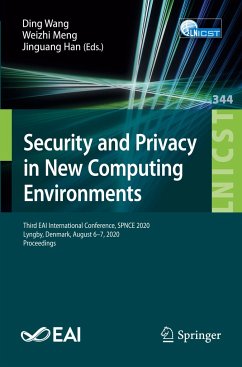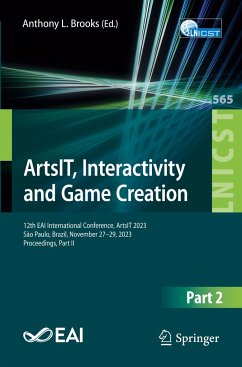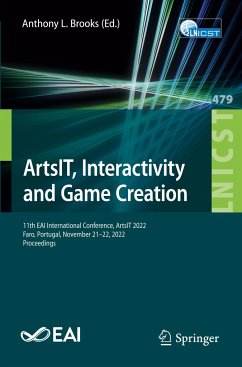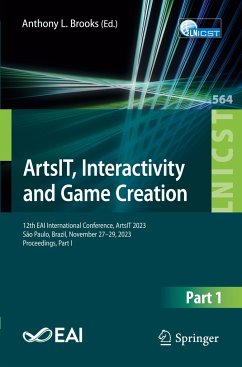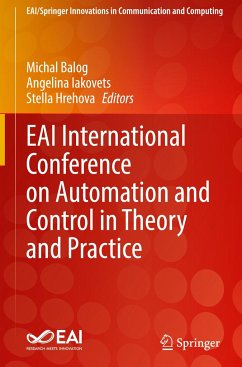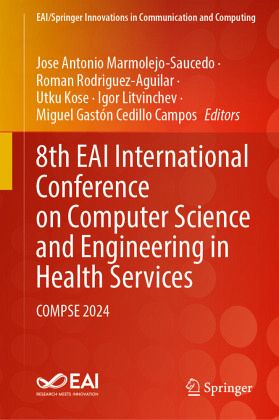
8th EAI International Conference on Computer Science and Engineering in Health Services
COMPSE 2024
Herausgegeben: Marmolejo-Saucedo, Jose Antonio; Rodriguez-Aguilar, Roman; Kose, Utku; Litvinchev, Igor; Cedillo Campos, Miguel Gastón
Versandkostenfrei!
Versandfertig in 6-10 Tagen
189,99 €
inkl. MwSt.

PAYBACK Punkte
95 °P sammeln!
This book constitutes the refereed post-conference proceedings of the 8th EAI International Conference on Computer Science and Engineering in Health Services (COMPSE 2024), which took place September 10-12, 2024 in Laredo, Texas, USA. The full papers presented were carefully reviewed and selected from dozens of submissions. The papers are grouped on thematic topics: application of tools delivered by the COVID-19 pandemic; health services; computer and data science; and industry 4.0 in logistics and supply chain. The content is relevant to researchers, academics, students and professionals.Pres...
This book constitutes the refereed post-conference proceedings of the 8th EAI International Conference on Computer Science and Engineering in Health Services (COMPSE 2024), which took place September 10-12, 2024 in Laredo, Texas, USA. The full papers presented were carefully reviewed and selected from dozens of submissions. The papers are grouped on thematic topics: application of tools delivered by the COVID-19 pandemic; health services; computer and data science; and industry 4.0 in logistics and supply chain. The content is relevant to researchers, academics, students and professionals.
Presents the proceedings of the 8th EAI International Conference on Computer Science and Engineering in Health Services;Includes topics such as computer and data science, AI tools and applications, and machine learning for optimization;Relevant to researchers, academics, students and professionals in communications engineering.
Presents the proceedings of the 8th EAI International Conference on Computer Science and Engineering in Health Services;Includes topics such as computer and data science, AI tools and applications, and machine learning for optimization;Relevant to researchers, academics, students and professionals in communications engineering.



